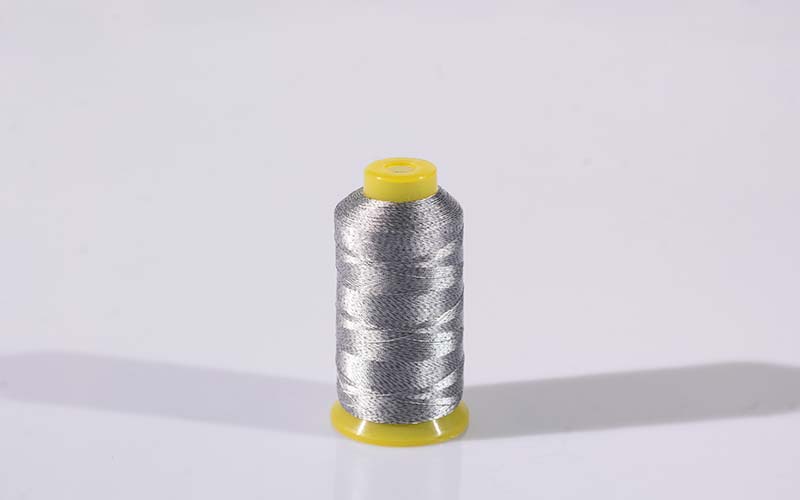
How to choose conductive fibers in anti-static work clothes?
2024-08-12 16:53
The generation and accumulation of static electricity may cause equipment failure, fire or even explosion. Therefore, preventing the accumulation of static electricity and ensuring the safe release of static electricity has become an important safety measure in these industries. In the design and production of anti-static work clothes, conductive fiber is the key material to achieve anti-static effect.
Conductive fibers can be divided into the following main types according to their materials and manufacturing processes. Each type has its own characteristics and advantages when used in anti-static work clothes.
1. Metal fiber conductive fiber
Metal fibers are fibers made of stainless steel, copper, silver and other metal materials. They are widely used in high-demand anti-static work clothes because of their excellent conductivity.
Main features:
High conductivity: Metal fiber has excellent conductivity and is an ideal material for anti-static clothing. It can quickly conduct and release static electricity to ensure the safety of the wearer and the surrounding environment.
Strong durability: Metal fibers have high mechanical strength and good wear resistance, especially stainless steel fibers, which also have good corrosion resistance.
Application fields: Suitable for occasions with extremely high anti-static performance requirements, such as electronic component manufacturing, semiconductor production and chemical industry.
2. Carbon fiber conductive fiber
Carbon fiber is a high-strength, lightweight fiber composed of carbon elements with good electrical conductivity and mechanical properties.
Main features:
Lightweight and high strength: Carbon fiber is light in weight, but very strong, comfortable to wear, and has good electrical conductivity.
Corrosion resistance: Carbon fiber is resistant to chemical corrosion and high temperature, and is suitable for use in complex industrial environments.
Application fields: Widely used in work clothes that require lightness, durability and anti-static properties, such as aerospace, military equipment, etc.
3. Metal-plated conductive fiber
Metal-plated fiber is a conductive fiber made by plating a layer of metal (such as silver, copper, nickel, etc.) on the surface of non-metal fiber (such as polyester fiber, nylon fiber).
Main features:
Balance of conductivity and softness: Metal-plated fibers provide good conductivity while retaining the softness and comfort of the base material, making them suitable for making anti-static clothing that can be worn close to the body.
Antibacterial properties: Especially silver-plated fibers, in addition to being conductive, also have natural antibacterial functions and are suitable for areas with high hygiene requirements.
Application fields: Widely used in smart textiles, anti-static gloves and anti-static clothing that require high comfort.
4. Conductive polymer fibers
Conductive polymer fibers are made by embedding or coating conductive polymers (such as polyaniline, polypyrrole) in the fibers, which can provide adjustable conductive properties.
Main features:
Softness and elasticity: Conductive polymer fibers are similar to traditional fibers and have good softness and elasticity, making them suitable for long-term wear.
Tunable conductivity: By adjusting the chemical structure of the polymer, its conductive properties can be changed to suit different application needs.
Application fields: Widely used in work clothes that need to be worn for a long time and have both comfort and anti-static properties, such as medical protective clothing, food processing clothing, etc.
5. Hybrid conductive fibers
Hybrid conductive fiber is a fiber material made by blending or weaving conductive fibers (such as metal fibers, carbon fibers) and non-conductive fibers (such as cotton, polyester).
Main features:
Versatility: Hybrid conductive fibers combine the anti-static properties of conductive fibers with the comfort and durability of ordinary fibers, making them suitable for making multi-functional anti-static clothing.
Cost-effectiveness: The cost of anti-static clothing can be reduced through blending technology while maintaining a certain anti-static effect, making it suitable for mass production.
Application areas: widely used in anti-static work clothes in general industrial environments, especially suitable for cost-sensitive application scenarios.













